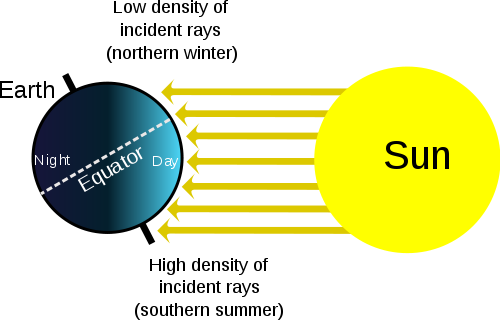I followed these directions to do a lab about moon phases.
Reflect about the various ways we explored the phases of the moon to help us to understand how they occur.
We explored the phases of the moon in two different ways: we used our own, physical model, and we used the simulator. I think that the physical model was better, because I made it myself and it was easier for me to understand.
When investigating the simulation, the moon clock, and/or the model, what did you notice about the phases of the moon? Why do we see different parts of the moon each night?
From a top down view, the moon is always illuminated on the same side. However, the moon moves around the earth, so it appears that sometimes one side is illuminated and sometimes the other is illuminated.
How well did making a model help you understand the phases of the moon? What are some disadvantages of using models?
I think that the model helped because I was involved in each step of making it, so I knew exactly how it worked. It was also simple to understand. However, one disadvantage of the simplicity is that it wasn't complex enough to cover all possible situations.
Scientists are thinking all the time about how they can make models of objects that are too small or too large to see: Can you think of another way to make a model to represent the various phases of the moon?
It's hard to think of another model. Maybe a laser and tiny matte white marbles would work.
What is a lunar month?
A lunar month is the time it takes for the moon to make one complete circle around the moon. It takes 29.5 days.
Reflect about the various ways we explored the phases of the moon to help us to understand how they occur.
We explored the phases of the moon in two different ways: we used our own, physical model, and we used the simulator. I think that the physical model was better, because I made it myself and it was easier for me to understand.
When investigating the simulation, the moon clock, and/or the model, what did you notice about the phases of the moon? Why do we see different parts of the moon each night?
From a top down view, the moon is always illuminated on the same side. However, the moon moves around the earth, so it appears that sometimes one side is illuminated and sometimes the other is illuminated.
How well did making a model help you understand the phases of the moon? What are some disadvantages of using models?
I think that the model helped because I was involved in each step of making it, so I knew exactly how it worked. It was also simple to understand. However, one disadvantage of the simplicity is that it wasn't complex enough to cover all possible situations.
Scientists are thinking all the time about how they can make models of objects that are too small or too large to see: Can you think of another way to make a model to represent the various phases of the moon?
It's hard to think of another model. Maybe a laser and tiny matte white marbles would work.
What is a lunar month?
A lunar month is the time it takes for the moon to make one complete circle around the moon. It takes 29.5 days.


